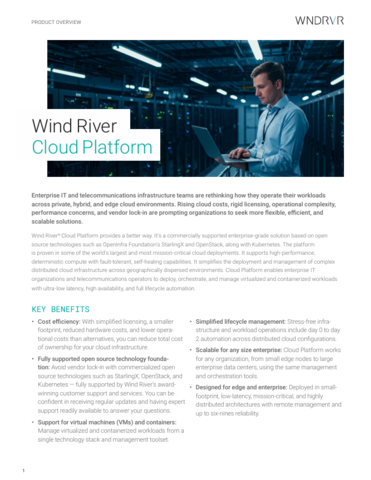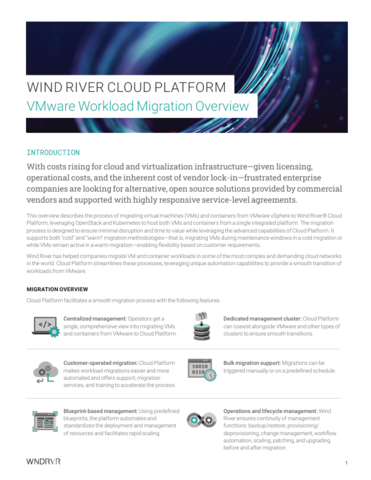Microservices: the path to innovation and new digital experiences

Marco Palladino at Kong Inc. outlines the findings of new research into the connectivity trends that are driving innovation
Despite two years’ investment in digital transformation and hybrid work, organisations are facing mounting pressure to boost their connectivity and with it their ability to innovate.
That’s because, despite skilfully weathering the pandemic and their sudden shift to hybridisation, most western companies’ IT executives worry that they will be displaced by their competitors in a few years if they fail to maintain the pace of their digital innovation.
And company CIOs fear that part of the problem is a lack of talented software developers to build the dynamic connectivity infrastructure needed to satisfy customers that now expect seamless connections and the best digital experiences. What is to be done?
Competitive threats
These looming challenges are pinpointed in recent research from Kong Inc. This investigated the state of companies’ software architectures and their survival prospects, how quickly they adopt new technology stacks; and their future plans for bringing in new talent and technology investments to manage these needs.
The vast majority of senior IT executives worry about what lies in store if they don’t innovate. More than four in five (81%) say without sustained innovation, they will be acquired or go out of business in the next six years. Others worry that they haven’t the talent to succeed. One in three (34%) pinpointed a lack of skills and talent as a constraint on their ability to innovate.
Company IT managers believe they will need to meet ever-higher customer expectations with a new generation of faster applications, supported by high connectivity, distributed microservices architectures, APIs and service meshes — instead of accepting inflexible, monolithic architectures.
The promise of microservices
Key elements of this new connectivity and best possible digital experience include:
- application programming interfaces (APIs) - the rules enabling developers to build applications that more easily access other applications and their services
- service meshes — dedicated infrastructure layers that control and simplify service-to-service communications in microservices and cloud applications
- API gateways — the traffic management tools sat between an application or website and its backend services, to instantly pull together and secure the myriad of services being requested
With exciting digital experiences the priority, a reliable, secure and scalable technology stack is the basis for innovation and superb interactions with customers. And virtually all respondents to the survey (99%) said that APIs and microservices are key to realising these objectives.
In addition, cutting edge connectivity bestows a powerful competitive edge: almost nine in ten interviewees (86%) believe that microservices are the way forward and organisations that can’t harness them will struggle to compete.
But in a global economy further digitised in the early pandemic stages, faster innovation cannot happen by compromising on security, performance and reliability. Survey respondents’ top three business priorities were the need to improve application security (44%), just ahead of improving application performance/reliability (40%), making it easier to adopt new technologies (40%) and improving developer efficiency (39%) — with the focus on application security being even more marked in Europe.
Enhanced connectivity creates technical challenges, however. Almost four out of ten respondents (38%) admit that the “complexity of multiple technologies” is their biggest obstacle to faster innovation, ahead of “reliance on legacy / monolithic architectures” (37%) and a “lack of IT automation that ties us up in manual tasks” (also 37%).
Distributed architectures
Companies are simplifying their microservices environments and boosting application performance by deploying more service meshes and API gateways.
Nearly half (46%) of IT bosses are starting to use service meshes, with another one in eight (13%) aiming to do so within the next 12 months. More than four out of ten respondents (41%) say they are using API gateways to improve application performance. Well over half (57%) say that most of their current IT projects involve building new APIs or expanding access to them.
Distributed infrastructures are becoming the norm. Nearly half of respondents (45%) have migrated to entirely distributed software architectures, with four out of ten (40%) in Europe. having done so.
But technology leaders know that they must persuade their boards to invest more, to attract the developer talent needed to build the distributed technology environments that will speed up innovation.
Almost 4 out of 5 (79%) survey interviewees expect their IT and developer budgets to increase this year, with almost two-thirds (64%) predicting them to go up by as much as 25% and around one in six (15%) expecting a budget hike of between 26% and 50%.
Better controlling microservices goes hand-in-hand with attracting top talent. Most organisations (57%) noted that their API budgets (including tooling) had increased over the last 12 months.
Competitive edge
After two years’ disruption, IT teams feel daily pressure to innovate to beat off their competitors. But it’s clear that most CIOs have a vision for building distributed infrastructures and microservices to underpin faster innovation and deliver the type of exciting digital experiences that their customers and partners — and their boards — want.
Marco Palladino is Co-founder and CTO at Kong Inc. Kong conducted research on 500 senior technology executives in the UK, France, Germany, Sweden, the US and Australia, Japan and Singapore. More information about the Kong 2022 API & Microservices Connectivity Report is available here.
Main image courtesy of iStockPhoto.com

Business Reporter Team
Related Articles
Most Viewed
Winston House, 3rd Floor, Units 306-309, 2-4 Dollis Park, London, N3 1HF
23-29 Hendon Lane, London, N3 1RT
020 8349 4363
© 2025, Lyonsdown Limited. Business Reporter® is a registered trademark of Lyonsdown Ltd. VAT registration number: 830519543





